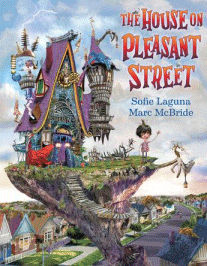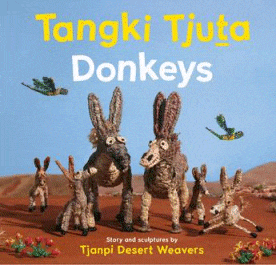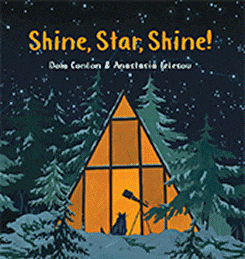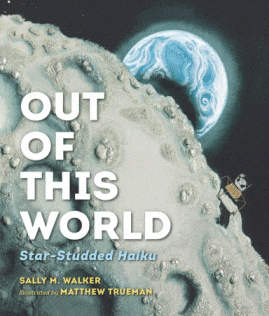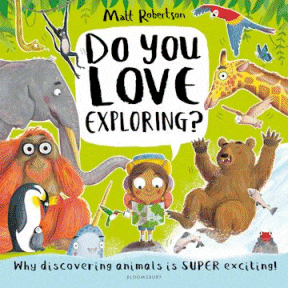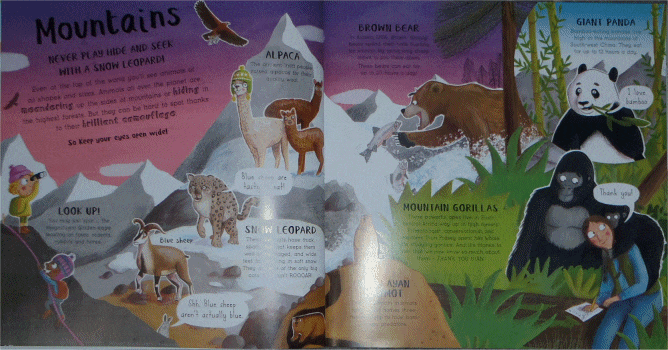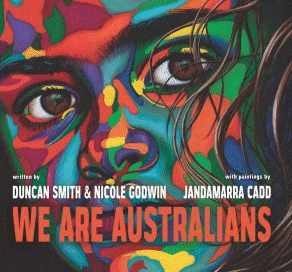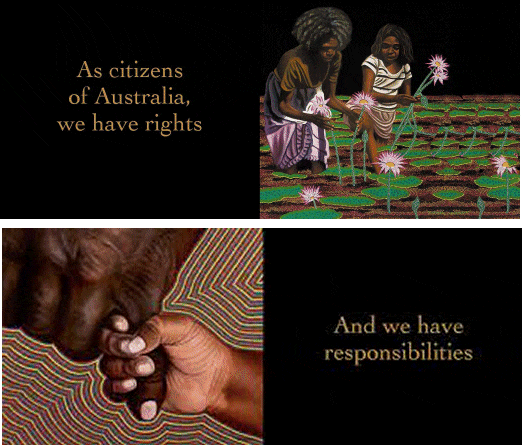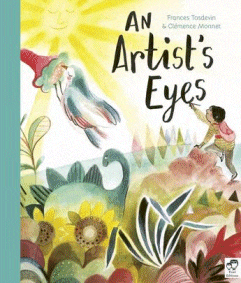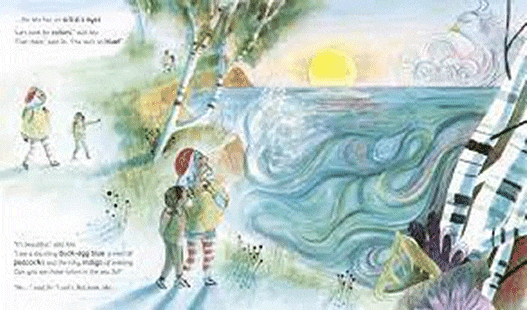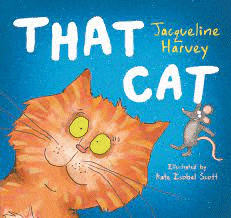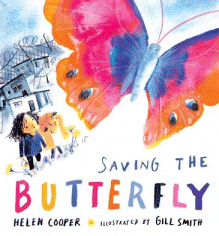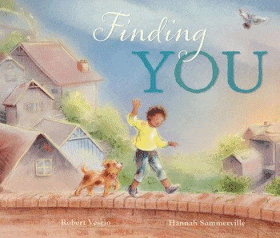
Finding You
Finding You
Robert Vescio
Hannah Sommerville
New Frontier, 2022
32pp., hbk., RRP $A26.99
9781922326539
In the busy, anonymous concrete jungle that is the city, a little boy spots a stray dog that lives in a cold, discarded cardboard box that no one else even notices. With each seemingly alone as each other, they begin to explore their surroundings, venturing into new areas that reveal hidden delights if you put your imagination on and see what is beyond what is really there, finding new friends in unlikely places – or not.
This is an intriguing story that explores the new doors that new friends can open, opportunities that can be life-changing and unexpected if you’re willing to reach out or be brave enough to accept. It offers an opportunity to not only talk about the bond between humans and their pets, but also to take it deeper and consider those who are homeless or newcomers or different in any way, those who are isolated even in the city and who just need a friend or a kind conversation, or even just a smile so they know they are not invisible. As with Seal Child, Into the Wild and his other stories, this is more than a story about a boy and a lost dog. It’s about stepping out and reaching out beyond your boundaries to discover so much more than you thought was there, both without and within.
For me, Vescio is one of the masters in saying much in so few words, and Hannah Sommerville’s choice of palette, style and layout is the perfect accompaniment to not only interpret the text but also give it so many layers that there is something new to discover and ponder with each reading. It celebrates the acceptance and innocence of children, not yet tarnished and prejudiced by viewing the world through an adult lens.
Romi Sharp says, “Finding You is a book that signifies the true essence of humanity and friendship through the special nature of boy’s best friend. It is just sublime…. Finding You is a picture book for all ages, cultural and social backgrounds, that is literally and figuratively beautiful, heartfelt and just magical. This really is a must-read.” I have to agree.
